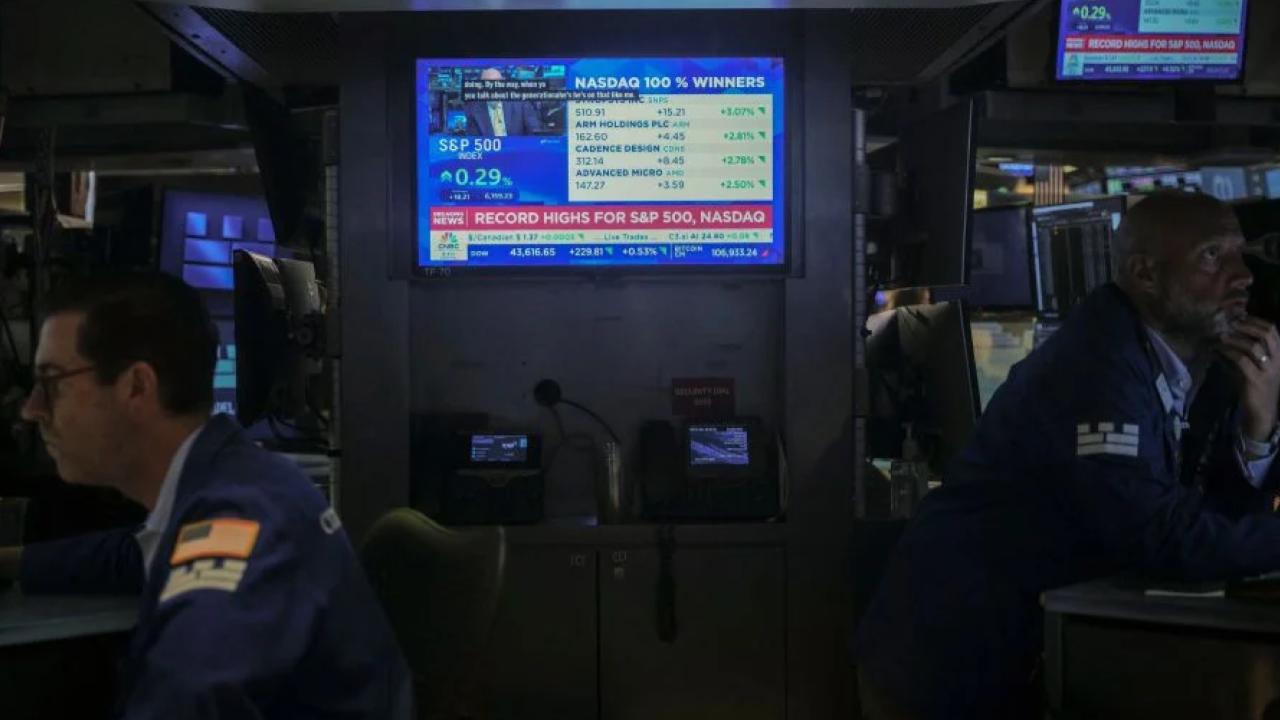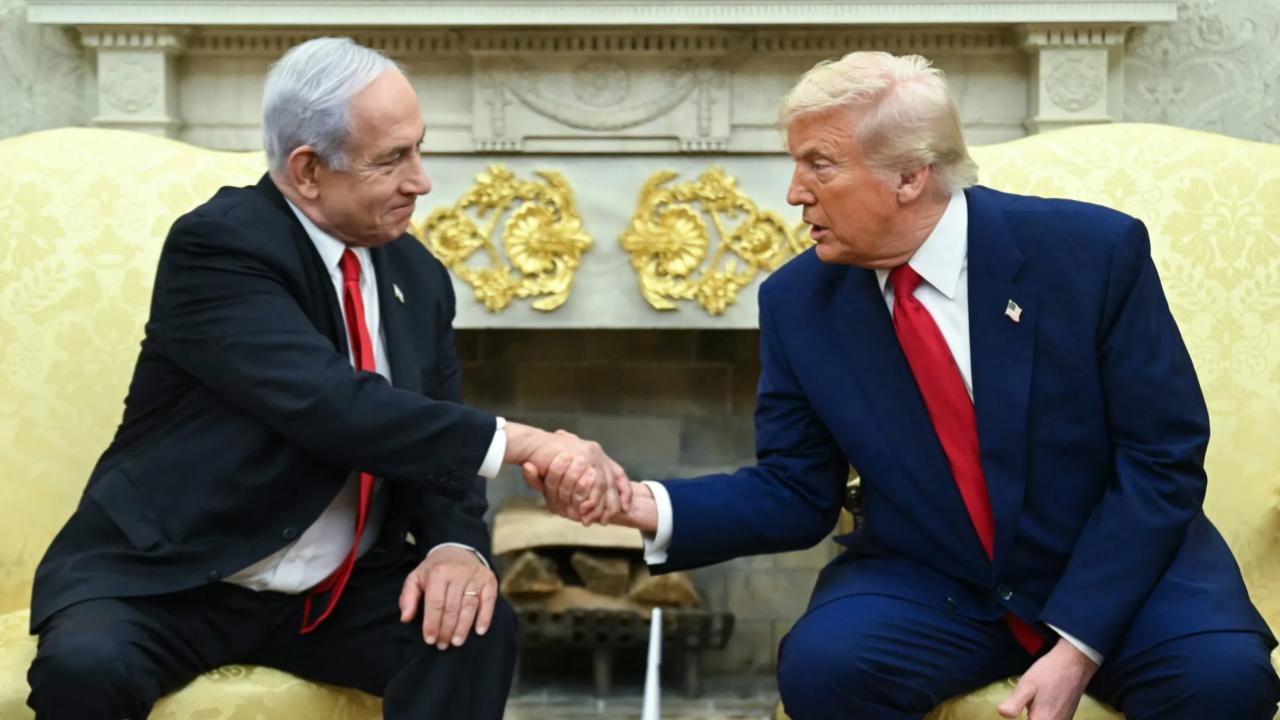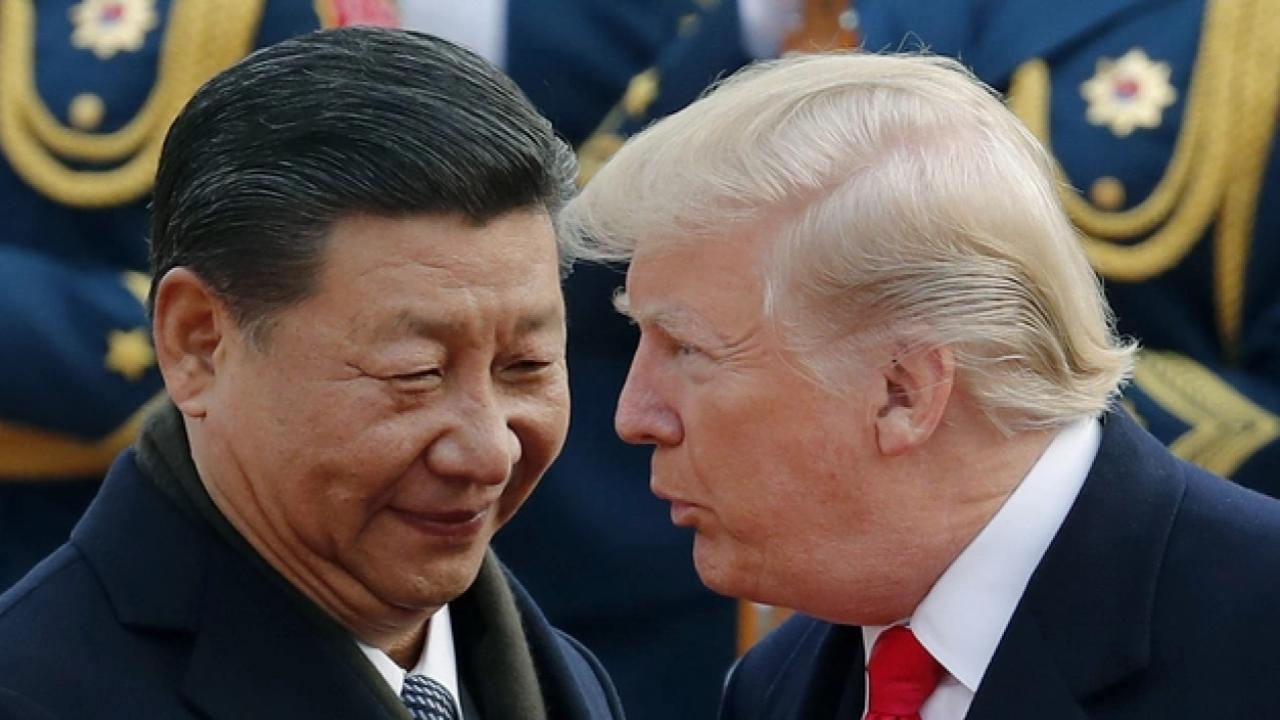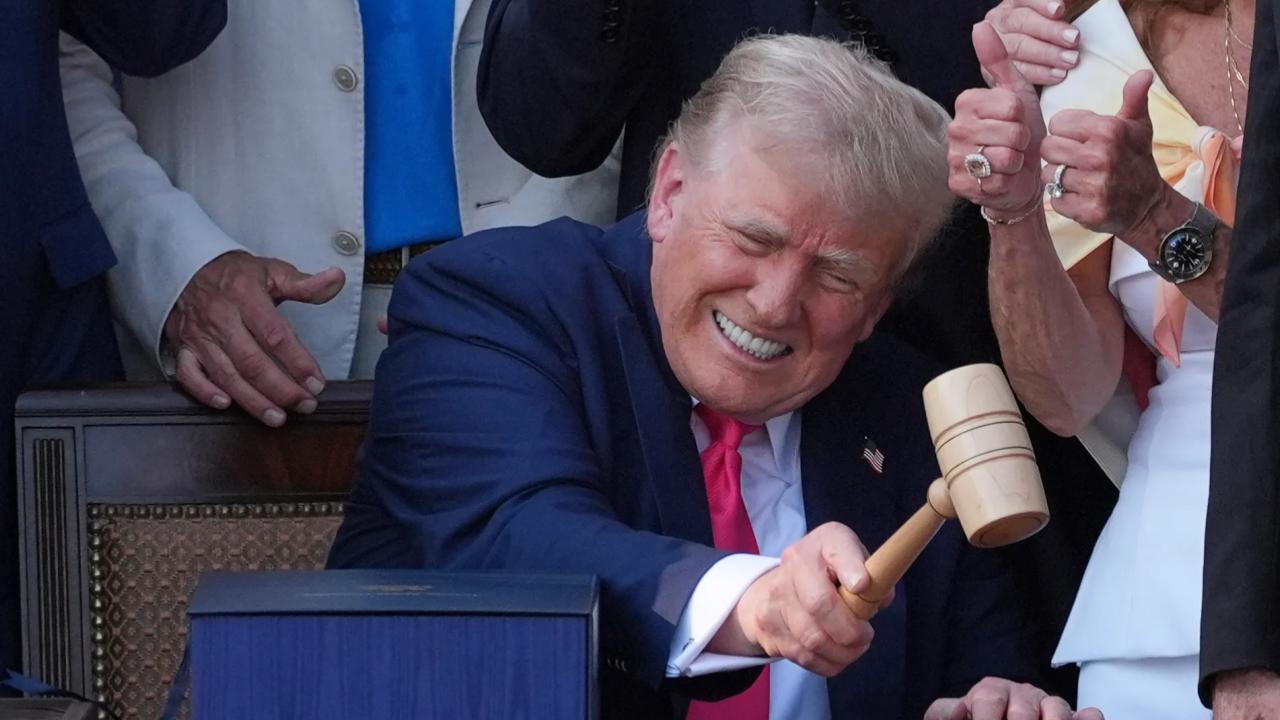The U.S.–China trade relationship is getting a serious reboot—and it’s not just policy wonks paying attention. If you’re a shopper, investor, or business owner, this matters. A recent 90-day tariff truce offers temporary relief, but the bigger story is the deep shift in where your electronics, vehicles, and home goods are coming from—and who profits from it.
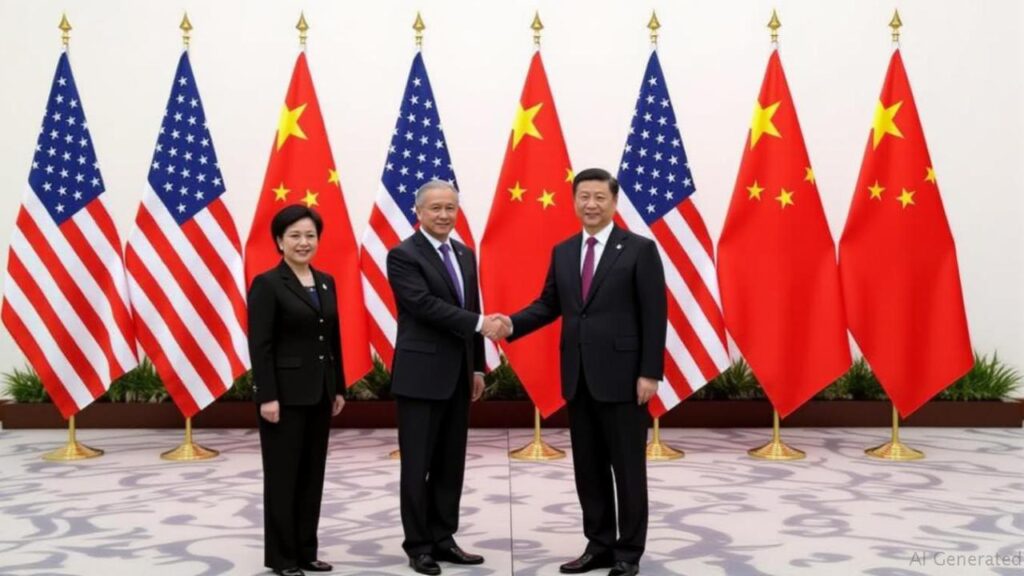
The US–China Trade Shift Is Here
| Sector | Why It’s Growing |
|---|---|
| Electronics & Hardware | Firms like Apple now make most U.S. iPhones outside China |
| EVs & Batteries | 100% U.S. tariffs on Chinese EVs fuel non-China production |
| Home Goods | Tariffs raised prices on furniture and school supplies, pushing retailers to diversify |
Whether you’re shopping for a new phone, investing in EVs, or hunting for affordable school supplies, the US–China trade shift is reshaping what ends up in your cart—and at what cost.
Companies that plan smart and pivot early (Apple, Logitech, SharkNinja) stand to gain. So do consumers, eventually, as “tariff-safe” supply chains mature. The truce might be temporary, but the transformation? It’s just getting started.
What’s Going On Between the U.S. and China?
As of May 12, 2025, the U.S. and China entered a 90-day tariff truce. This cooled tensions after a surge in import duties—up to 145% on U.S. tariffs and 125% from China earlier this year. Under the truce, tariffs were lowered: the U.S. now levies about 30% on Chinese goods; China, 10% on American imports.
But don’t mistake this for a return to normal. According to Reuters, the price of Chinese-made goods on Amazon has jumped 2.6% since January—more than twice the rise in core inflation. That’s hit consumers in the wallet and businesses in the supply chain.
3 Consumer Sectors Poised to Benefit
1. Electronics & Hardware
High tariffs on China-sourced tech have led to big pivots. Apple now manufactures most U.S.-bound iPhones in India. Logitech has shifted 90% of its U.S. supply chain away from China. Sonos, GoPro, and SharkNinja are doing the same.
This is a win for electronics firms with production hubs in Vietnam, India, and Mexico. Their goods land on U.S. shelves without the tariff premium.
Personal take: As someone who’s followed electronics trade flows since the iPhone 6 launch, this shift feels more permanent than any I’ve seen before. It’s not just tactical—it’s strategic.
2. Electric Vehicles & Batteries
The U.S. slapped a 100% tariff on Chinese electric vehicles and 25% on lithium-ion batteries starting in 2024. Since China controls 58% of global EV sales and roughly 80% of battery production, the effects are seismic.
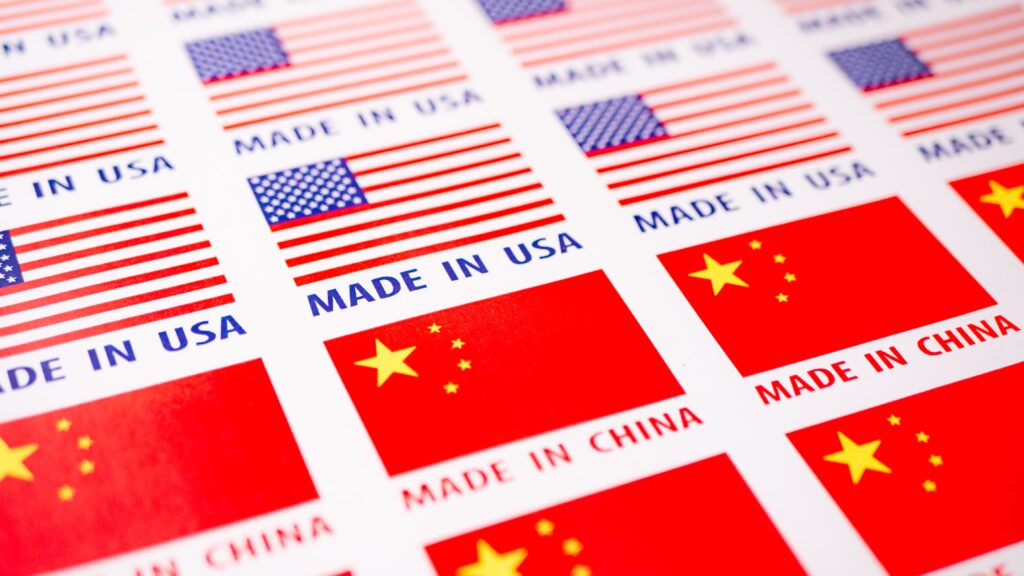
Now, U.S.-focused EV brands are moving production closer to home—think Mexico, Japan, and South Korea. Panasonic and LG Energy are ramping up U.S. and EU battery operations to capitalize on this. If you’re investing, follow the battery-makers and assemblers outside China.
3. Home Goods & Housewares
Think furniture, school supplies, kitchen gear—this sector was hit early and hard. Tariffs have driven up retail prices for basic household items.
Companies like SharkNinja anticipated the pressure and moved production. The result? More stable prices and better positioning. Expect this trend to continue as retailers future-proof their sourcing strategies.
What Should You Watch Next?
- Tariff Timeline
The 90-day ceasefire ends August 10, 2025. Any change could reshape supply chains—again. - Consumer Confidence
Price spikes can squash spending. The Fed’s interest rate stance will weigh heavily here. - Factory Buildouts
New facilities in Vietnam, Mexico, and India take time. But once live, they’ll redefine manufacturing norms.


